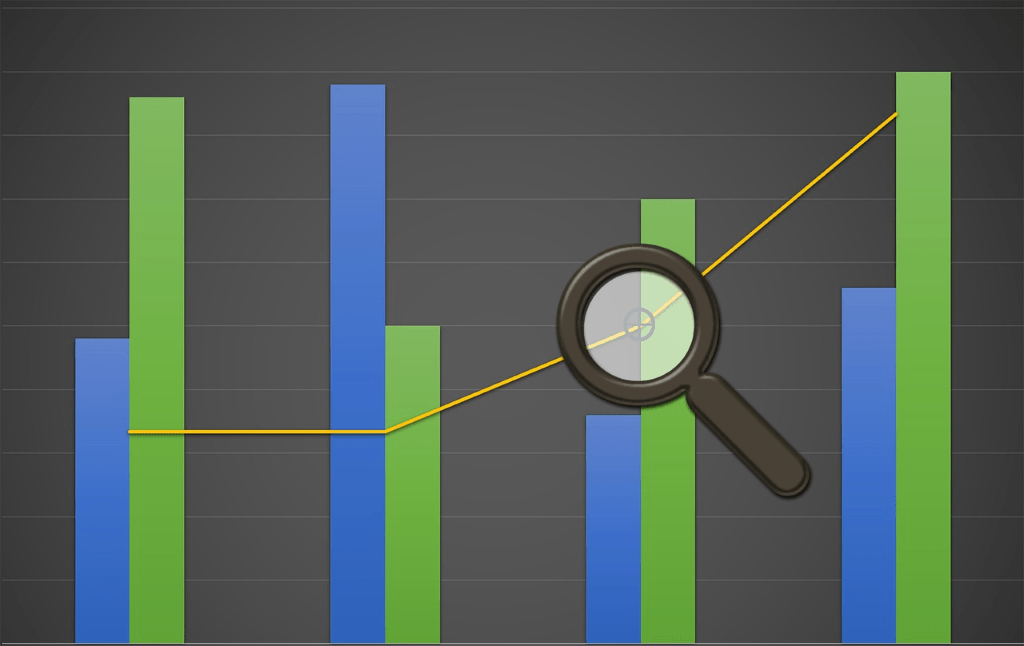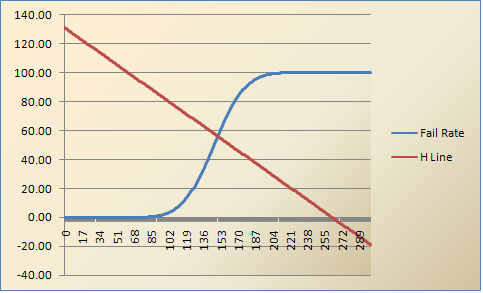Nathan Thompson articles

MICROCAT: What was assessment like in the 1980s?
ASC has been empowering organizations to develop better assessments since 1979. Curious as to how things were back then? Below is a copy of our newsletter from 1988, long before the days of sharing news

What is the two parameter IRT model (2PL)?
Item response theory is the predominant psychometric paradigm for mid or large scale assessment. As noted in my introductory blog post, it is actually a family of models. In this post, we discuss the two

What is the three parameter IRT model (3PL)?
Item response theory (IRT) is an extremely powerful psychometric paradigm that addresses many of the inadequacies of classical test theory (CTT). If you are new to the topic, there is a broad intro here, where

What is classical item facility?
Classical test theory is a century-old paradigm for psychometrics – using quantitative and scientific processes to develop and analyze assessments to improve their quality. (Nobody likes unfair tests!) The most basic and frequently used item

How to get a graduate degree or training in psychometrics
I’m also frequently asked by people already in the field where they can go to get a graduate degree in psychometrics, especially on sophisticated topics like item response theory...

What is the Hofstee method for setting cutscores?
Have you heard about standard setting approaches such as the Hofstee method, or perhaps the Angoff, Ebel, Nedelsky, or Bookmark methods? There are certainly various ways to set a defensible cutscore or a professional credentialing

Monte Carlo simulation in adaptive testing
Simulation studies are an essential step in the development of a computerized adaptive test (CAT) that is defensible and meets the needs of your organization or other stakeholders. There are three types of simulations: Monte

What is decision consistency?
If you are involved with certification testing and are accredited by the National Commission of Certifying Agencies (NCCA), you have come across the term decision consistency. NCCA requires you to submit a report of 11

What is the Sympson-Hetter Item Exposure Control?
Sympson-Hetter is a method of item exposure control within the algorithm of Computerized adaptive testing (CAT). It prevents the algorithm from over-using the best items in the pool. CAT is a powerful paradigm for delivering tests

What is the Standard Error of the Mean?
The standard error of the mean is one of the three main standard errors in psychometrics and psychology. Its purpose is to help conceptualize the error in estimating the mean of some population based on

Machine Learning in Psychometrics: Old News?
In the past decade, terms like machine learning, artificial intelligence, and data mining are becoming greater buzzwords as computing power, APIs, and the massively increased availability of data enable new technologies like self-driving cars. However, we’ve
